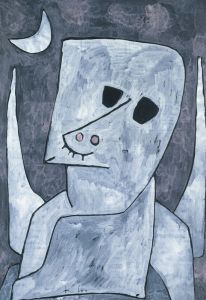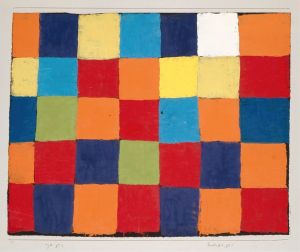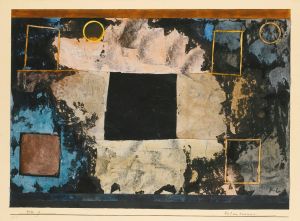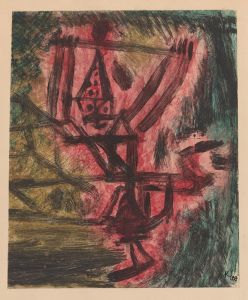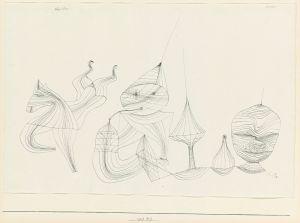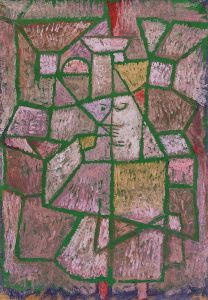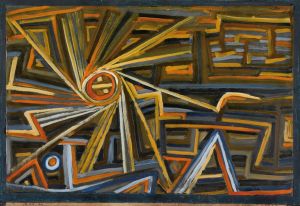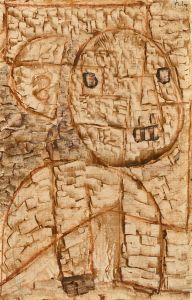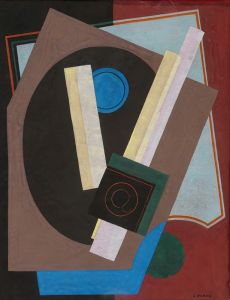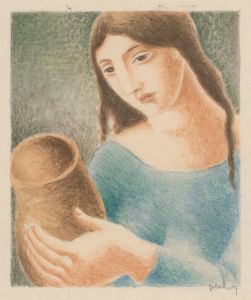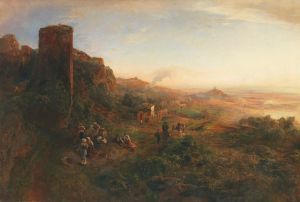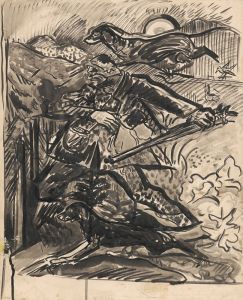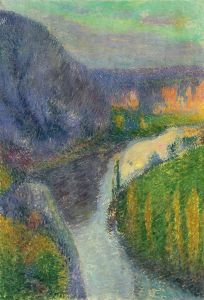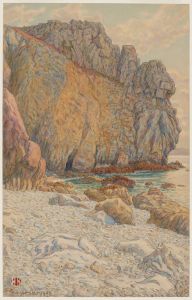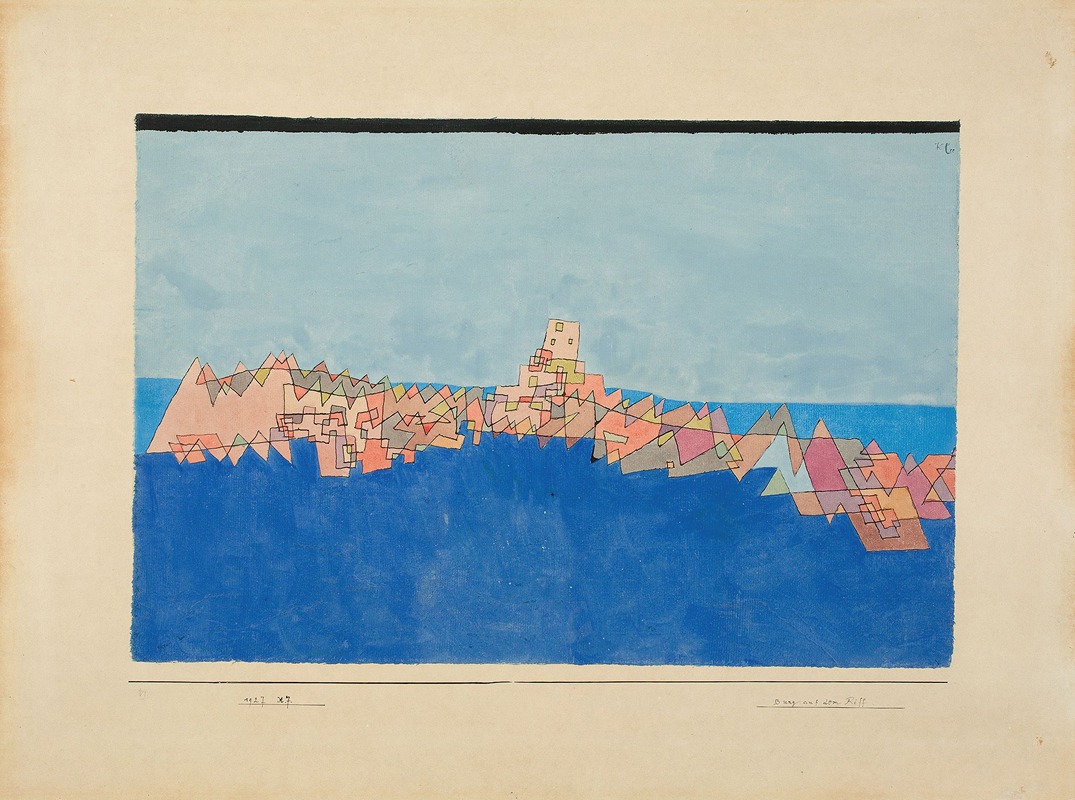
Burg auf dem Riff
A hand-painted replica of Paul Klee’s masterpiece Burg auf dem Riff, meticulously crafted by professional artists to capture the true essence of the original. Each piece is created with museum-quality canvas and rare mineral pigments, carefully painted by experienced artists with delicate brushstrokes and rich, layered colors to perfectly recreate the texture of the original artwork. Unlike machine-printed reproductions, this hand-painted version brings the painting to life, infused with the artist’s emotions and skill in every stroke. Whether for personal collection or home decoration, it instantly elevates the artistic atmosphere of any space.
Paul Klee's Burg auf dem Riff (Castle on the Cliff) is a painting created in 1932 by the Swiss-born German artist, who is widely regarded as one of the most influential figures in modern art. Klee was known for his highly individual style, which combined elements of expressionism, surrealism, and abstraction. This work exemplifies his ability to blend geometric forms with imaginative, dreamlike imagery.
The painting depicts a fantastical castle perched on a rocky cliff, rendered in Klee's signature abstract style. The composition is characterized by a harmonious interplay of shapes, lines, and colors, which evoke a sense of both structure and whimsy. The castle appears to be constructed from a series of geometric forms, including rectangles, triangles, and arches, which are layered and interconnected in a way that suggests both architectural solidity and a playful, almost childlike quality. The cliff itself is stylized, with jagged, angular forms that contrast with the softer, more fluid shapes of the castle.
Klee's use of color in Burg auf dem Riff is particularly notable. The palette consists of muted earth tones, such as browns, grays, and ochres, interspersed with brighter accents of red, blue, and yellow. This combination creates a sense of depth and movement, drawing the viewer's eye across the composition. The interplay of light and shadow further enhances the three-dimensional quality of the forms, while also contributing to the painting's overall mood of mystery and enchantment.
The painting reflects Klee's interest in architecture and his fascination with the interplay between the natural and the man-made. Throughout his career, Klee often explored themes of construction and deconstruction, as well as the relationship between order and chaos. Burg auf dem Riff can be seen as a continuation of these themes, with its juxtaposition of the rigid, geometric forms of the castle and the organic, irregular shapes of the cliff.
Klee created this work during a period of significant personal and professional change. In 1931, he had accepted a teaching position at the Düsseldorf Academy of Fine Arts, but his tenure there was cut short in 1933 when the Nazi regime dismissed him due to his modernist style and his perceived association with "degenerate art." Despite these challenges, Klee continued to produce a prolific body of work, including paintings, drawings, and writings, that would go on to influence generations of artists.
Today, Burg auf dem Riff is celebrated as an example of Klee's unique artistic vision and his ability to merge abstraction with narrative. The painting is held in a private collection and is occasionally exhibited in major retrospectives of Klee's work.





